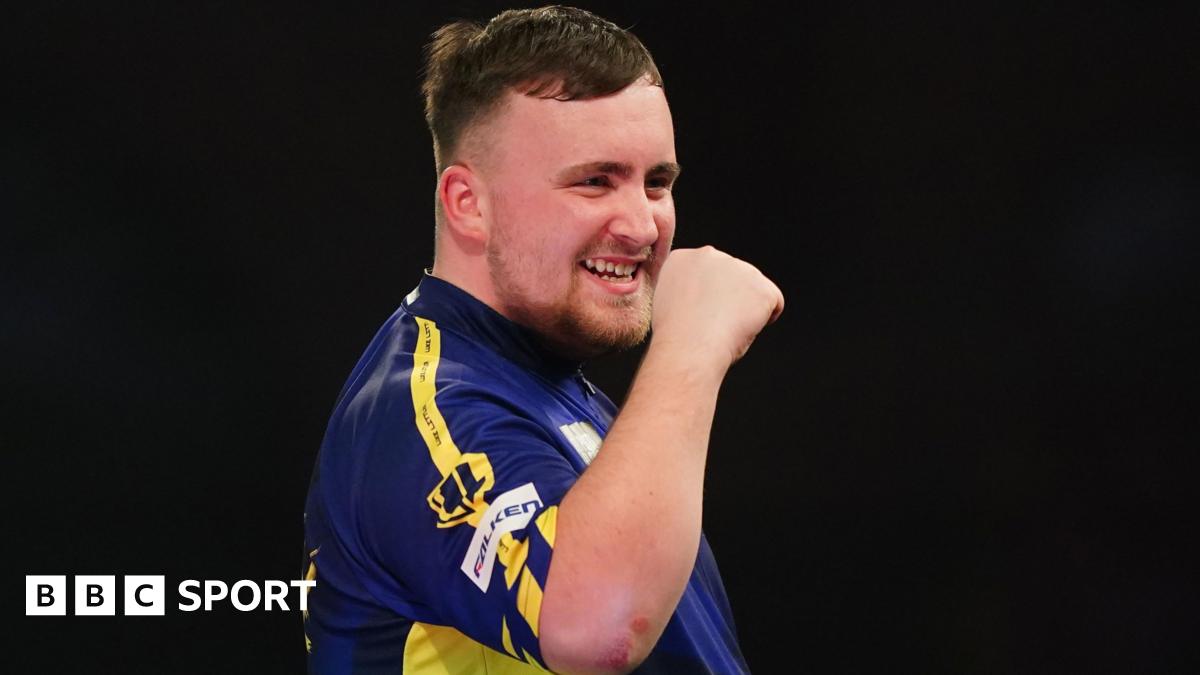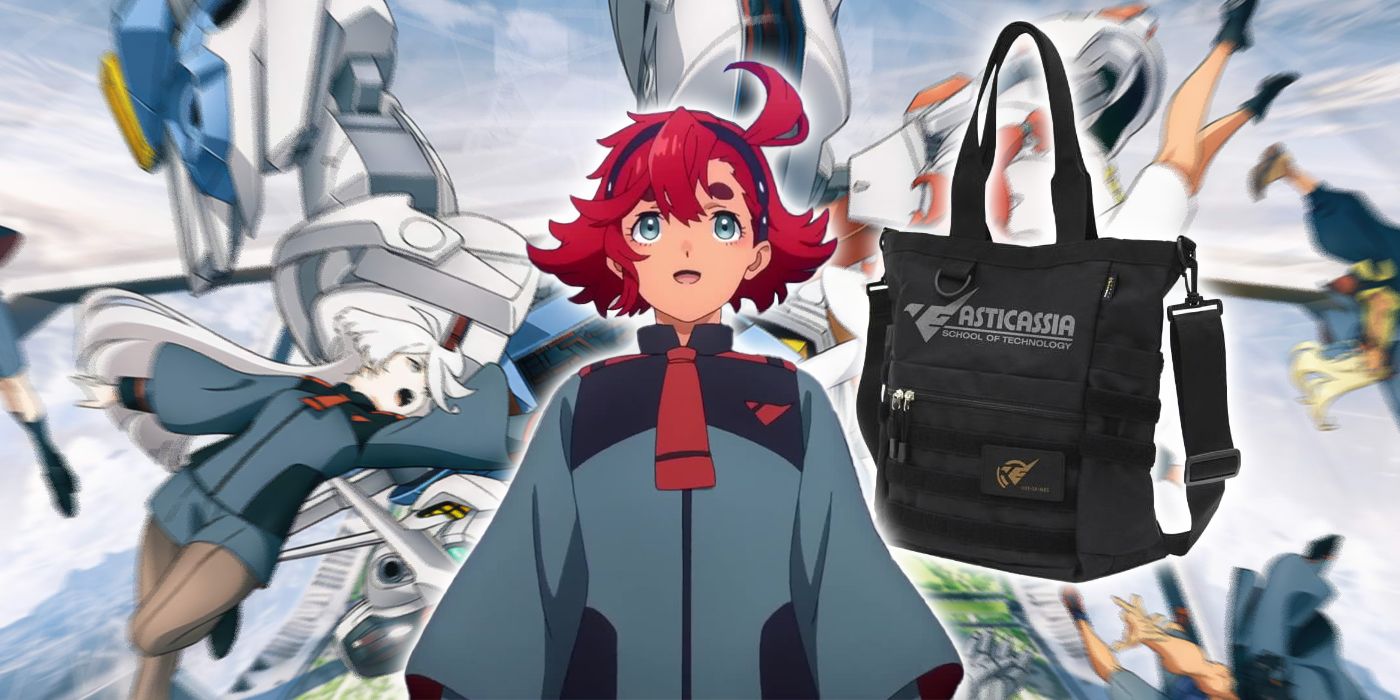Sports
Heat illness prevention in youth summer sports

TUCSON, Ariz. (13 News) – School may be off for the summer, but there are still many sports programs kicking off their training programs or season, like football practices.
Despite the consistent triple digit temperatures we have seen over the past week and will continue to see throughout June.
But for Joe Thomas, head football coach for Buena High School, it’s all about planning practices around the hottest time of the day, all to avoid dehydration.
“There’s no question why you wouldn’t have water provided, try to beat the heat of the day for practice, have shade, make sure the kids rest and recover,” Thomas said.
The Arizona Interscholastic Association requires schools to have a 14 day gradual acclimatization period to help prevent conditions like heat cramps, exhaustion, or the most dangerous, heat stroke in players.
But that is once the season has started in the fall.
For Thomas and his team when it comes to practicing over the summer, he says it doesn’t matter if a player is new or old, protocols like rests, water breaks, and shaded areas are a must.
“When you get in the summer workouts, basically the kids are almost starting over because it’s something they haven’t done before,” Thomas said.
Thomas went on to say that their summer practices take place once in the early morning and once in the evening, to avoid the hottest time of day.
This is because he says many players will try and continue to push themselves even when they shouldn’t.
And according to the Arizona Department of Health Services, compared to adults, most adolescents tend to be more vulnerable to heat illness due to them having a greater surface area-to-body mass ratio, a lower sweating capacity, a lower urge to drink water, and the inability to recognize symptoms of heat stress and dehydration.
Which is why Thomas says it’s the coaches’ responsibility.
“We look at all the signs if it’s hot outside and he’s not sweating and he should be, that’s one of the big signs,” Thomas said.
Pale or dry lips, a pale face, or excessive water drinking are all things to look out for when it comes to any form of heat illness.
Copyright 2024 13 News. All rights reserved.










